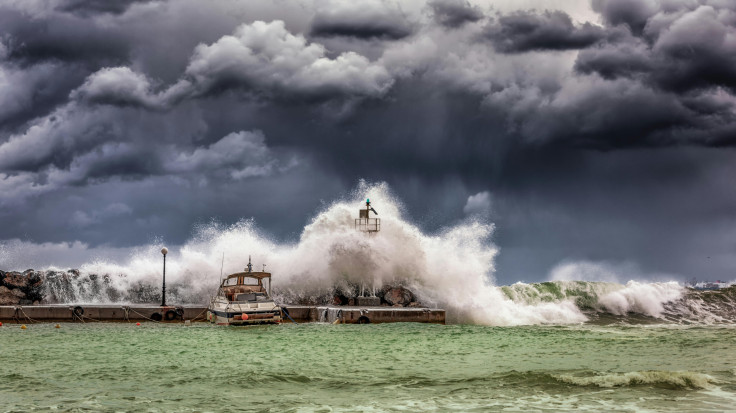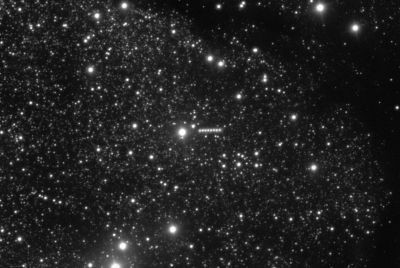Earthquake Today Off Russia's Coast Triggers 4-Meter Waves — Tsunami Alert Issued for Hawaii, Alaska, and California
A major quake struck at a shallow depth on 30 July, prompting widespread tsunami alerts

A powerful 8.7-magnitude earthquake struck off the coast of Russia's Kamchatka Peninsula on 30 July, according to the US Geological Survey. The quake, which occurred at a shallow depth of around 18 to 20 kilometres, has prompted tsunami alerts across the Pacific region, including parts of the United States and Asia.
Authorities have confirmed waves of up to four metres along the Russian coastline, while emergency warnings and evacuations are under way in multiple countries. No fatalities have been reported, though infrastructure damage and communication disruptions have occurred in affected areas.
Kamchatka Residents Evacuated Amid Rising Waves
The earthquake's epicentre was located near Petropavlovsk-Kamchatsky in Russia's Far East. In coastal areas such as Severo-Kurilsk, waves reaching three to four metres were observed. Local officials confirmed partial flooding at port facilities and low-lying settlements, prompting emergency evacuations, according to Reuters.
Governor Vladimir Solodov stated that several districts reported structural damage, including to a kindergarten. Power outages and mobile service disruptions have also been reported in Petropavlovsk-Kamchatsky, according to The Washington Post. The Russian Ministry of Emergency Situations has deployed rapid-response units, while rescue operations continue.
Russian authorities confirmed no nuclear facilities were affected, and radiation levels remained normal.
Tsunami Warnings Issued Across Pacific
Tsunami warnings were issued shortly after the quake. Japan's Meteorological Agency forecast waves of up to three metres in eastern coastal regions between 10:00 and 11:00 local time, according to CNN. In the United States, the Pacific Tsunami Warning Centre issued alerts for Hawaii, with waves expected to reach the islands by 19:17 HST. Evacuation orders were implemented in at-risk coastal zones.
Alaska's Aleutian Islands were also placed under a tsunami warning, while watches extended to California, Oregon, Washington State, and parts of British Columbia. Other countries issuing advisories or monitoring developments include Chile, New Zealand, Indonesia, Taiwan, Ecuador, the Philippines and Guam, according to AP News.
Why the Quake Was So Dangerous
Seismologists have noted that the earthquake's relatively shallow depth heightened the potential for tsunami formation. Shallow undersea quakes tend to displace more water, producing faster and more forceful waves. Shinichi Sakai, a seismologist at the University of Tokyo, told NHK that the conditions were consistent with previous high-impact seismic events in the Pacific, according to CBS News.
The quake struck within the Pacific Ring of Fire, a tectonically active area known for frequent seismic and volcanic activity.

Region on Alert for Aftershocks
The Kamchatka earthquake is among the strongest recorded in Russia's eastern territories in recent history. In November 1952, a magnitude 9.0 quake in the same region caused widespread damage but no reported fatalities, despite triggering 9.1-metre (30-foot) waves that struck Hawaii. Comparisons have also been drawn to the 2011 Tohoku disaster in Japan, which resulted in significant loss of life and a nuclear emergency.
Monitoring of the region continues, with aftershocks likely in the coming hours and days. Authorities across the Pacific have commended early warning systems and regional cooperation for enabling rapid evacuation procedures.
Emergency services are urging continued caution in tsunami-prone areas, with residents advised to remain away from coastal zones until official all-clear signals are announced. While the immediate threat appears to be subsiding, seismologists are closely tracking ongoing seismic activity.
© Copyright IBTimes 2025. All rights reserved.





















